Seamounts
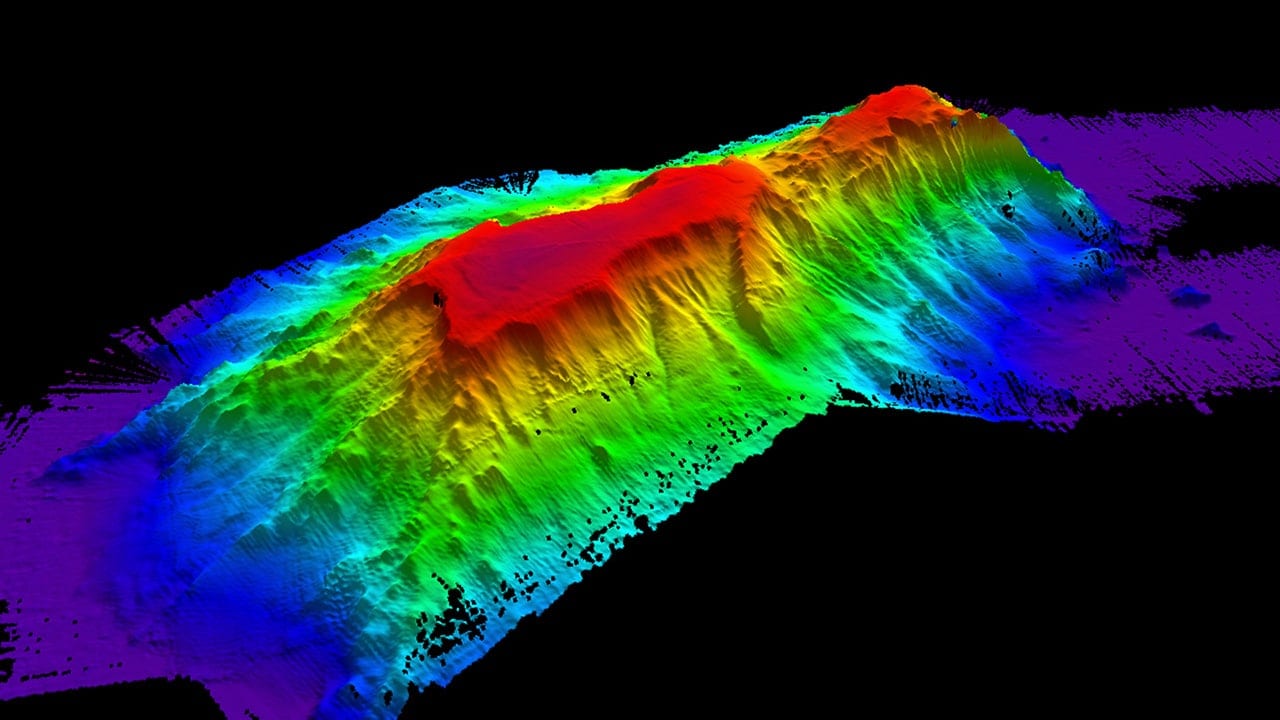
Bathymetry map of Kelvin Seamount, looking north by northeast. (Woods Hole Oceanographic Institution)
What are Seamounts?
Seamounts are underwater mountains that rise hundreds or thousands of feet from the seafloor. They are generally extinct volcanoes that, while active, created piles of lava that sometimes break the ocean surface. In fact, the highest mountain on Earth is actually a seamount—Hawaii’s Mauna Kea, a dormant volcano that is more than 30,000 feet tall measured from its base on the seafloor 18,000 feet beneath the surface.
Seamounts are commonly found near the boundaries of Earth’s tectonic plates and mid-plate near hotspots. At mid-ocean ridges, plates are spreading apart and magma rises to fill the gaps. Near subduction zones, plates collide, forcing ocean crust down toward Earth’s hot interior, where this crustal material melts, forming magma that rises buoyantly back to the surface and erupts to create volcanoes and seamounts. Seamounts are also created at hot spots, isolated areas within tectonic plates where plumes of magma rise through the crust and erupt at the seafloor, often creating chains of volcanoes and seamounts, such as the Hawaiian Islands.
Scientists estimate there are at least 100,000 seamounts higher than 1,000 meters around the world. These provide hard foundations for deep-sea life to settle on and grow. In addition, seamounts rising into the ocean create obstacles that shape ocean currents and direct deep, nutrient-rich waters up the sloping sides of seamounts to the surface. These factors combine to make seamounts fertile habitats for diverse communities of marine life, including sponges, crabs, sea anemones, commercially important fish, and deep-sea corals. Unlike shallow-water corals, which rely on photosynthetic algae and sunlight to grow, deep-sea corals get energy from filtering organic material that falls from the surface.
Why are they important?
Although they are often hidden beneath the ocean (often making them a navigation hazard, particularly for submarines), seamounts are nevertheless ubiquitous and fundamental geological features; studying them gives us insights into the forces that have shaped the face of our planet. Forged and altered by volcanic and tectonic processes that are intimately linked to the deep earth, they are also being targeted by mining companies that hope to harvest the minerals that often collect around seamounts as a result of hydrothermal activity.
Seamounts also attract an abundance of marine life and are productive fishing grounds more than 80 commercial species worldwide. At the same time, coral mining and fish trawling, using nets that rake up everything in their paths, have created indelible scars in the spectacularly diverse and abundant seamount ecosystems. Deep-sea corals that thrive on and around seamounts host more than 1,300 different species of animals; some are unique to seamounts themselves and some live only on a specific species of coral. Until they were discovered in 2000, these lush and intricate ecosystems were largely unknown, and scientists have only begun to learn about their ecological importance and their role in the evolution of life in the deep.
In particular, researchers have been investigating the interaction between seamounts and ocean currents and the role that this may play in creating isolated biological “hotspots” that act as critical locations for new species formation, endemism, and biodiversity. At the same time, their isolation may also make seamount communities especially sensitive to human disturbances such as fishing and mining.
Scientists are also investigating whether seamounts act as oases or “stepping stones” for life amid barren expanses of seafloor. Other research is looking into questions about how seamount populations change in response to climate-induced shifts in ocean circulation and whether habitats disturbed by human activity can recover. Such knowledge is critical to policymakers, so that they can make effective decisions about managing and protecting this diverse and valuable resource throughout our deep ocean.
News Releases
Panel to Discuss Deep-Sea Mining at AAAS Meeting
Swarming Red Crabs Documented on Video
Galapagos Expedition Reveals Unknown Seamounts, New Species
WHOI contributes to special seamount issue of Oceanography magazine
[ ALL ]
WHOI in the News
Uncovering a Deep-Sea Swarm of Zombie Crabs
[ ALL ]
From Oceanus Magazine
Coral Gardens in the Dark Depths
The words “coral reefs” conjure up images of a tropical paradise: shallow, warm, aquamarine waters, bright sunlight, white coral sand, and colorful, darting fish. But corals also live deep in the sea, in regions where the sun doesn’t penetrate and water temperatures remain just above freezing.
A Sea Change in Ocean Drilling
Stretching from inland rivers and bays to the edge of the continental shelf, the coastal ocean accounts for about 10 percent of the ocean’s surface area. Yet this relatively small sliver of ocean contains about half of all the microscopic plants adrift in our seas.


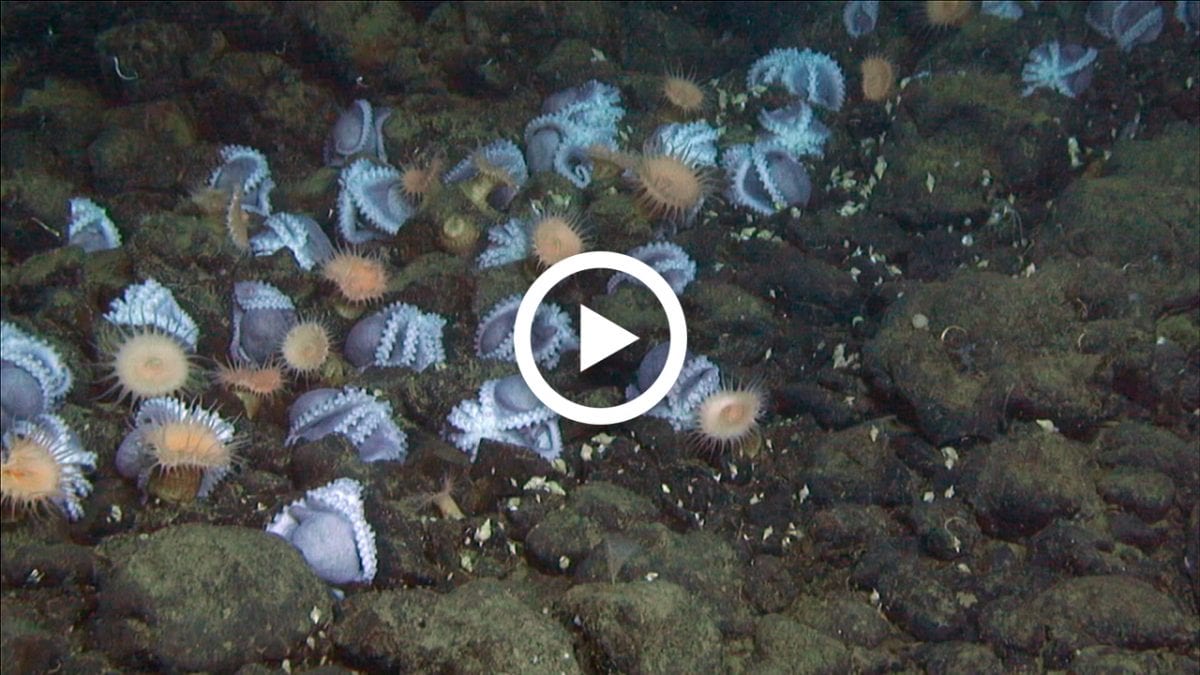
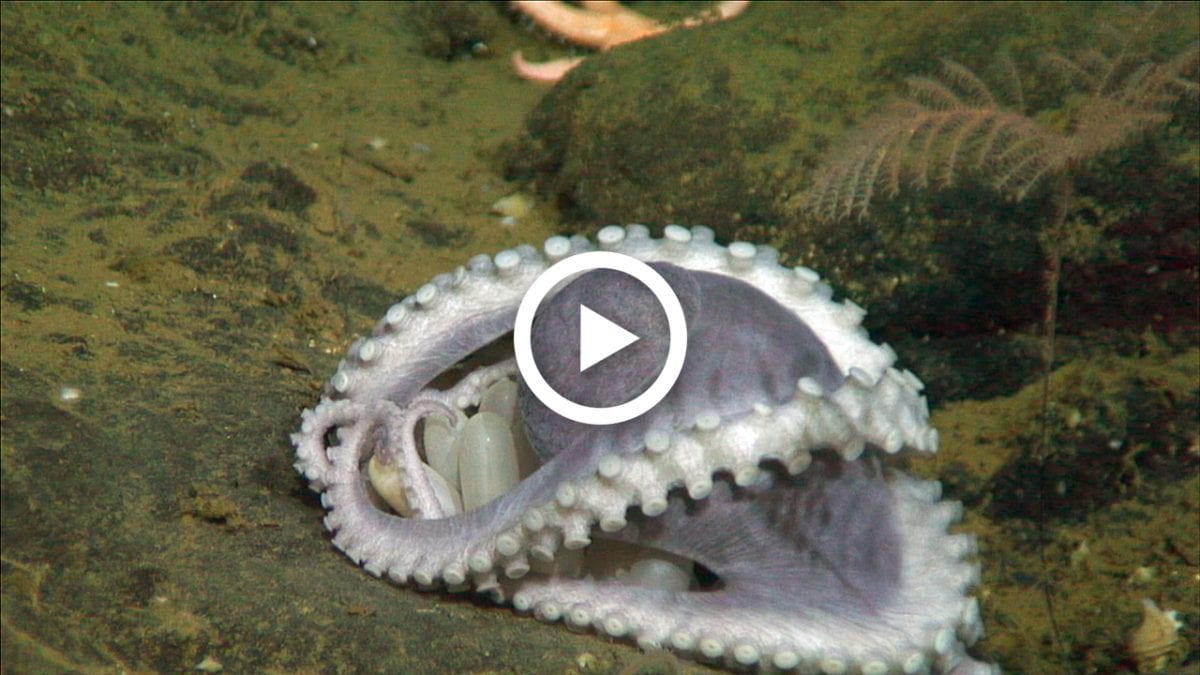
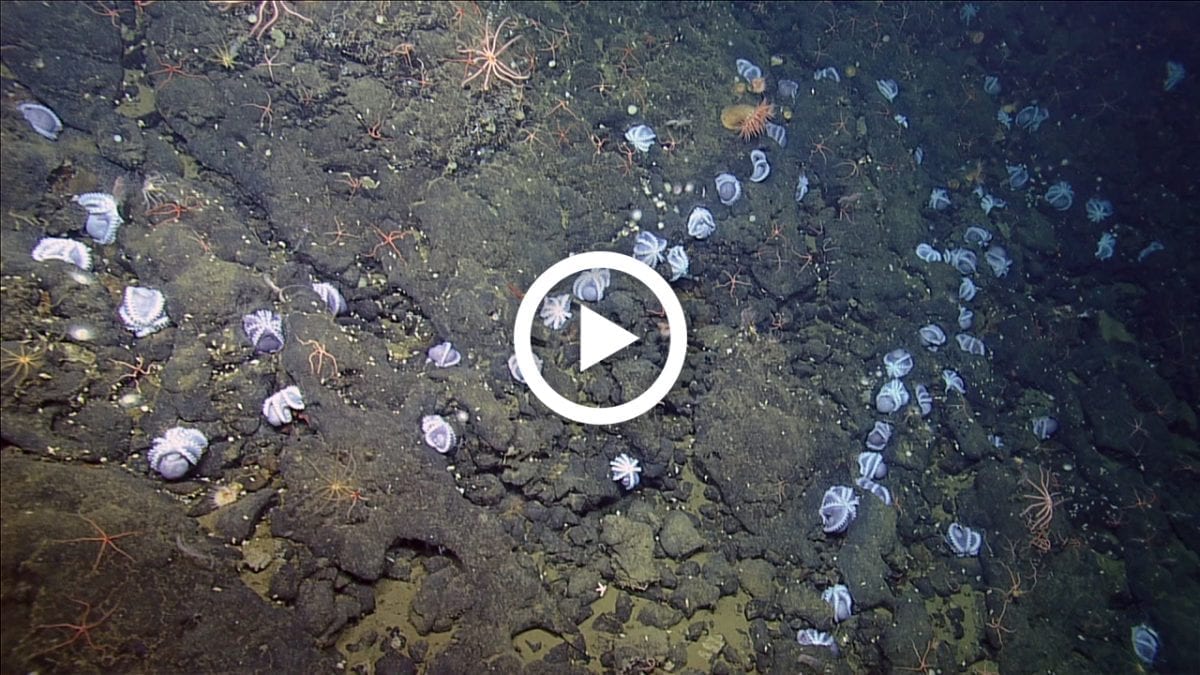
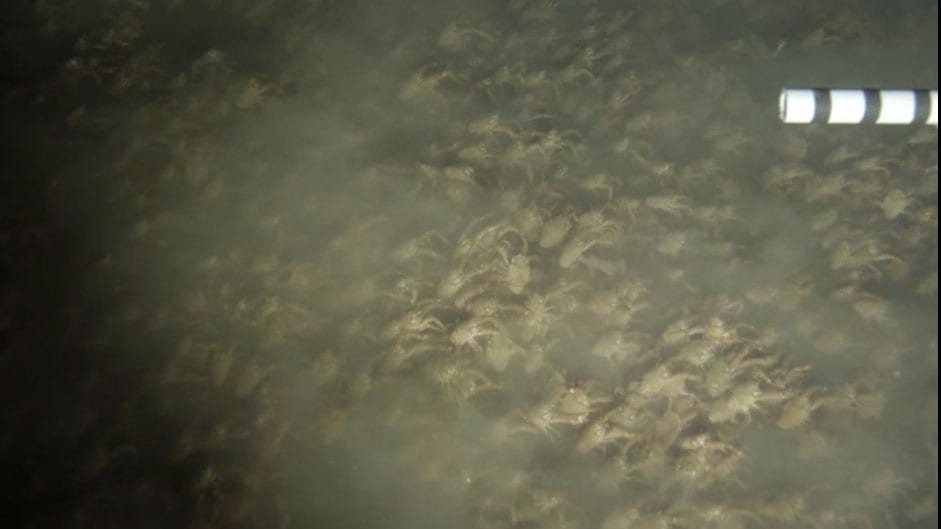
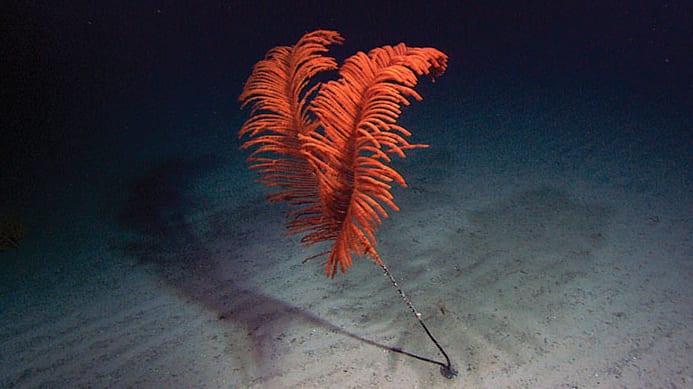

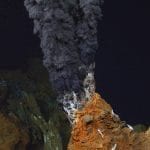 Hydrothermal Vents
Hydrothermal Vents 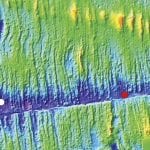 Mid-ocean Ridges
Mid-ocean Ridges 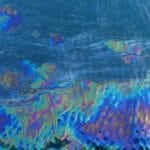 Natural Oil Seeps
Natural Oil Seeps 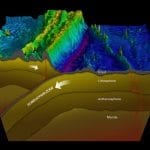 Ocean Trenches
Ocean Trenches 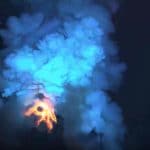 Underwater Volcanoes
Underwater Volcanoes